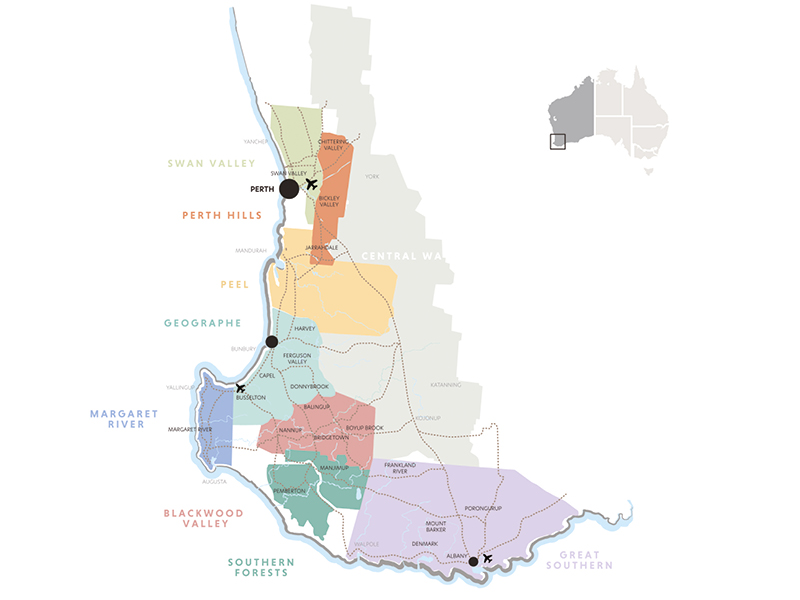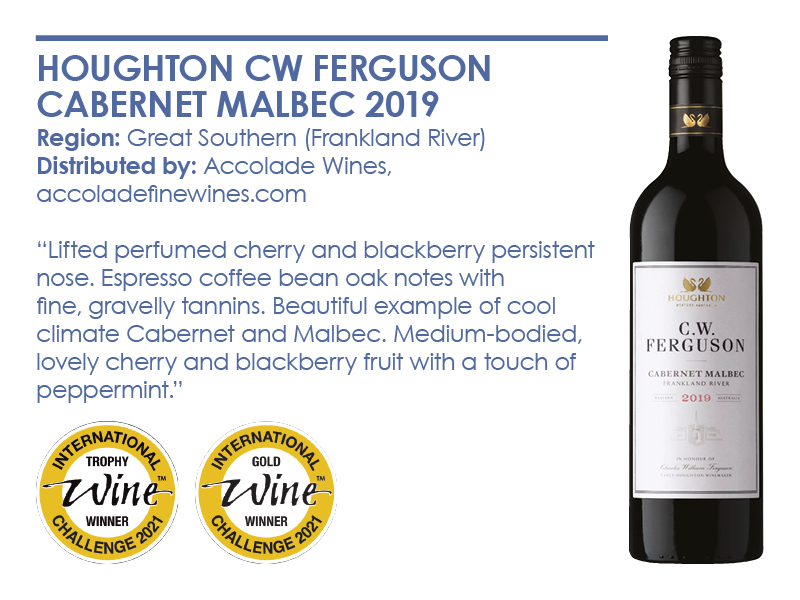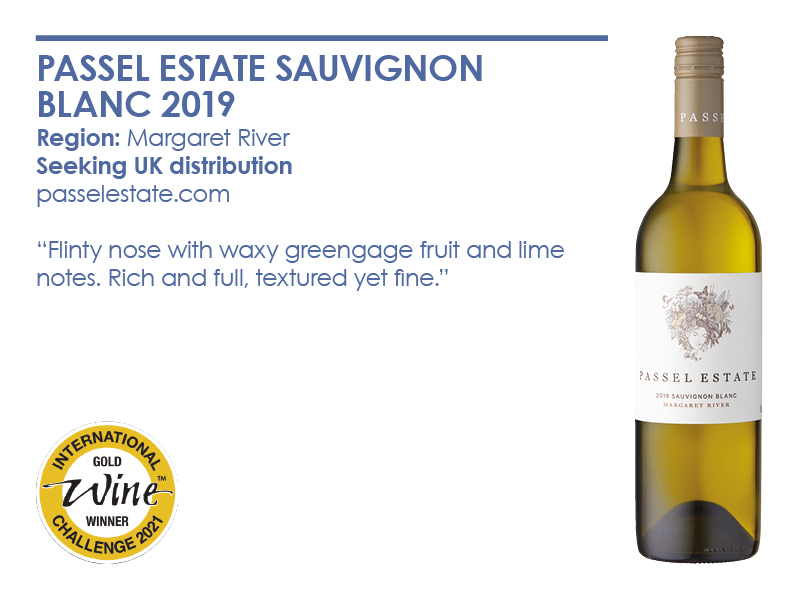
Advertorial: Western Australia's fine wine regions ‘unearthed’
Western Australia has long staked its reputation on the premium quality, sustainability and diversity of its wines. Although geographically isolated and remote (Sydney is four hours by plane, London 16), this unique location is a magnet for oenophiles from all corners of the globe. They flock to cellar doors, fortifying themselves before hiking across the exquisitely beautiful Karri forest, or perhaps they'll attempt to conquer Western Australia's legendary surf. The summers are reliably warm and dry, moderated (especially in the south) by cool afternoon breezes courtesy of Antarctic currents and a maritime climate – factors vital in maintaining freshness and acidity in the wines.
Due to the favourable combination of exceptional terroir, warm growing season and cooling influences, Western Australia showcases vintages of remarkable flavour, balance and finesse. The 'fruit bomb' cliché has no place here. Furthermore, as a result of the fine wine and quality produce available, world-class gastronomy and hospitality have become ubiquitous. This isn't hyperbole; the climate, landscape, gastronomy, wines and people are among the most beguiling and hospitable on earth.

Western Australia is responsible for just 3% of the nation's total wine output. International conglomerates have largely avoided the region, leaving its development to local investors, retired doctors and wine-loving pioneers. The original trailblazer was winemaker Jack Mann - he created Houghton's 'White Burgundy' from vineyards planted in Swan Valley, just upstream from the state's capital Perth, in the 19th century. Of course, the area under vine and range of wine styles have expanded considerably since then. In the 1960s, pioneering winemakers headed into the southern expanses of this vast landscape, attracted by the cooler macro-climates and diverse terroir.
In Western Australia's numerous wine regions, growers are increasingly obsessed with creativity, matching new varieties to recently discovered sites. The state has already demonstrated that it is a leading source of refined Chardonnay, Riesling, Cabernet Sauvignon and Syrah. But the drive to widen the palate of styles and varieties is insatiable.
Key regions
Western Australia is blessed with several important and distinctive regions, each boasting a unique terroir. In 1834, pioneers in the Swan Valley celebrated their inaugural vintage. The region initially staked its reputation on late-harvest and fortified wine styles, due to the warm summer growing season and corresponding high levels of ripeness in the grapes. Today, the best dessert wines of Swan Valley are no less delicious, but a younger generation of winemakers are also turning their hand to flavoursome, textural and balanced dry wines, often based on Chenin Blanc and Grenache. Easily accessible from the city of Perth, there is now a surfeit of cellar doors welcoming visitors to the Swan Valley.

Adventure through Western Australia’s wine regions with the 'Wine Adventurer' digital publication, featured and downloadable from the home page here.
However, the state’s key exporters remain Margaret River and the Great Southern region. The latter began life 60 years' ago, when vines were planted in the plains surrounding the town of Mount Barker. Since that time the region's vineyard acreage has grown exponentially, luring growers with its varied soils and cool-climate growing conditions. It has been divided into five key sub-regions: Mount Barker, Frankland River, Denmark, Albany and Porongurup. Like neighbouring Albany further east, Denmark's coastal vineyards benefit enormously from the cooling sea breezes and slower rate of ripening. Fresh, perfumed and complex, Denmark's top Chardonnays and Pinot Noirs rival Australia's best. Moving higher and further inland, Porongurup's granite terroir imbues the Riesling grape with a restrained minerality and fresh acidity that is irresistible with seafood. Further inland still, the drier Frankland River region continues to make beautifully ripe yet fresh Riesling, as well as superlative Bordeaux blends and Syrah.
Yet it is Margaret River that has truly stolen the heart of critics and travellers. The region offers an irresistible package: idyllic scenery, windswept coastline, beautiful wines and endless cellar door restaurants. The first commercial vines were planted in 1967 by Dr Tom Cullity of Vasse Felix; Margaret River now has over 160 producers, amongst these some of the world’s finest. The region's reputation for high-quality is well-deserved; Margaret River boasts the largest concentration of super-premium labels based on Chardonnay and Bordeaux Blends (both reds and whites). These varieties respond extremely well to the region's ancient gravel loam soils and moderate maritime climate. The quality of Malbec and Petit Verdot has also been soaring in recent times. ‘Alternative’ varieties such as Fiano and Tempranillo are also making waves, as are the on-going sustainability projects embraced by a critical mass of wineries. Vanya Cullen is just one winemaker fiercely devoted to protecting the glorious biodiversity of her estate.
Travelling south from Perth toward Margaret River, visitors can also explore the winelands of Geographe. Wonderfully unspoiled and blissfully free of mass tourism, this is a place where you can find yourself talking direct to owner-winemakers at friendly boutique cellar doors. The region's maritime climate and mosaic of growing conditions – alluvial and sandy terroirs feature heavily – has encouraged yet more experimentation with Iberian and Italian grape varieties. Tempranillo in particular has proven a successful choice with numerous producers across the region. Similarly, Blackwood Valley to the southwest is a ’road less travelled’. It’s beautiful and spectacular topography is matched only by its ripe, spicy Syrah and understated Cabernet Sauvignon.
Further east of Margaret River are some of Western Australia's more up-and-coming viticultural zones. Manjimup's continental climate and gravelly/loamy terroir has translated into ripe, concentrated and beguiling Rhone blends. It is known as Australia's truffle capital, so delicious culinary pairings are freely available. Neighbouring Pemberton, due to its closer proximity to the ocean, is cooler and wetter – Burgundy varieties are its signature trademark, offering that heady marriage between ripeness and balance that exemplifies the local wine 'footprint'.
Unifying such a diverse mix of wine styles and regions under one banner is undeniably a difficult task. Yet, despite the broad range of flavours and grape varieties on offer, the state's wines are reliably fresh, balanced and approachable from a young age. Of course, Chardonnay, Syrah and Cabernet Sauvignon can be found in many regions throughout Australia – and indeed, the world. But due to the unique climatic conditions, there is an elegant vivacity, raciness, and originality to Western Australia's output that cannot be replicated. Its wine culture is its own.





Keywords:
- wine
- Australia
- Wines
- climate
- varieties
- region
- regions
- cabernet sauvignon
- river
- western
- margaret
- margaret river
- western australia
- swan valley
- maritime climate
- dr tom cullity
- vasse felix margaret
- 160 producers amongst
- over 160 producers
- felix margaret river





